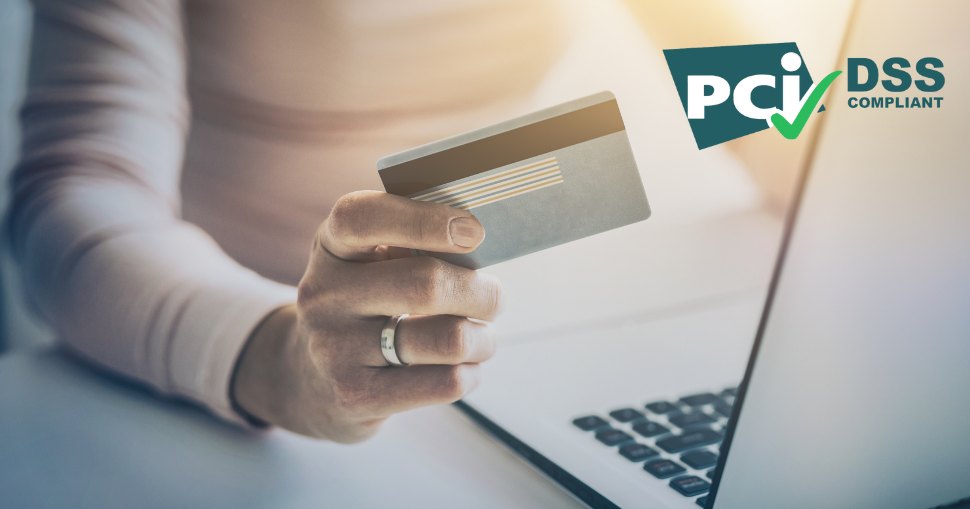Breakdown Of The Good, Better, And Best Paid Media Platforms On Which To Advertise Your Ecommerce Business – Part 1.
What size shoes you wear, depends on how much you like the shoe. This is not how you should approach paid media platforms. Your favourite social platform might not be the best paid media platform or the one your target market hangs out on. Before you decide which platform is best for you, consider where paid ads fit into your marketing strategy.
Let your objectives show you the way. Do you want to retarget customers who are aware of your brand and interested in your products but haven’t converted? Or perhaps you want to target people who have abandoned their carts? You might be running a Black Friday promotion or Winter Sale and need to increase traffic, or you want to target people in different countries. Different platforms will answer to each of these objectives.
Google ads
Welcome to the Goliath of paid advertising. Google Ads (previously known as Google Adwords) displays ads on the SERP (Search Engine Results Pages) or the GDN (Google Display Network) and the YouTube platform. It’s great for brand building and acquiring new customers, but there are both advantages and challenges to advertising on Google.
Google is estimated to have more than 100 billion searches per month, making it the platform with the most reach. The average return on ad spend (ROAS) on Google ads is estimated at 2:1 and on the Google Search Network at 800%. That’s a massive reach for your ecommerce store. It’s easy to integrate with other marketing software and great for small to medium-sized businesses.
It can, however, get costly for larger enterprises. Google is also not known for its stellar customer service, and it takes time and effort to get your head around the many nuances of paid ads on Google. You’ll face great competition that leads to increased costs. Don’t expect to slap any old ad on Google, either. Their standards are notoriously high, and they reject many ads, so it might take a couple of executions to run your ads.
Google Shopping
Google Shopping is one of the highest converting platforms because it allows you to display an image of your product, price, URL, store name and reviews. You pay each time someone clicks on your shopping ad. Because people search for products on Google, and are likely to see your shopping ad, they’re easy to run and have strong visual appeal. However, it takes some time to set up in the Google Merchant Center.
Bing
Although Bing is not as prolific as Google, Microsoft claims it still accounts for 14,5% of PC searches on desktops. Microsoft also promises that 100% of searchers on their network have bought a product or service in the last week. Bing also offers Bing Shopping, similar to Google.
You might get more bang for your buck on Bing because it’s less competitive than Google. It also provides you with the opportunity to reach different audiences on Yahoo and AOL. According to reports by Search Engine People, the average Cost Per Click for a Bing Ad is 70% less than Google Ads. Therein lies its biggest drawbacks. You have limited reach and functionality compared to some of the other platforms.
We can all agree that Facebook has forever changed the advertising and content landscape. According to Facebook, 2,8 billion people used the platform in 2020. That’s more than a third of the world’s population, making it a platform you can’t ignore if you’re serious about ecommerce. Facebook has built granular segmentation and advanced targeting tools to find your audience. The ability to adapt content to various formats makes it a very powerful advertising platform where it’s easy to control your spending. Unfortunately, you have to set aside a good dose of patience when you run Facebook campaigns. The algorithm constantly changes , as do the business suite and different tools available. You’ll need time to master and stay abreast of all of them. It has unfortunately also become quite expensive to advertise on Facebook.
These are just a few of the platforms available. We’ll discuss Instagram, Twitter, YouTube and TikTok in our next blog. Paid media platforms are a bit like payment providers. Not all of them are created equal. No matter what and where you sell online, you need a trustworthy payment provider. Speak to Truevo. We provide flexible payment solutions, for multiple channels, in over 150 countries. Get started with faster payments, easy set-up and complete security. Get in touch. We can’t wait to do ecommerce with you.



